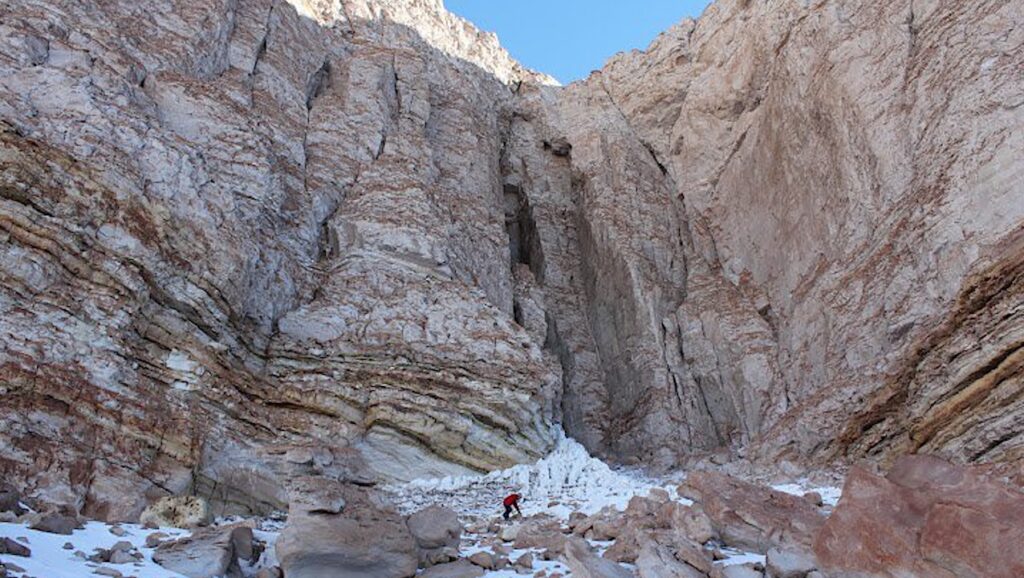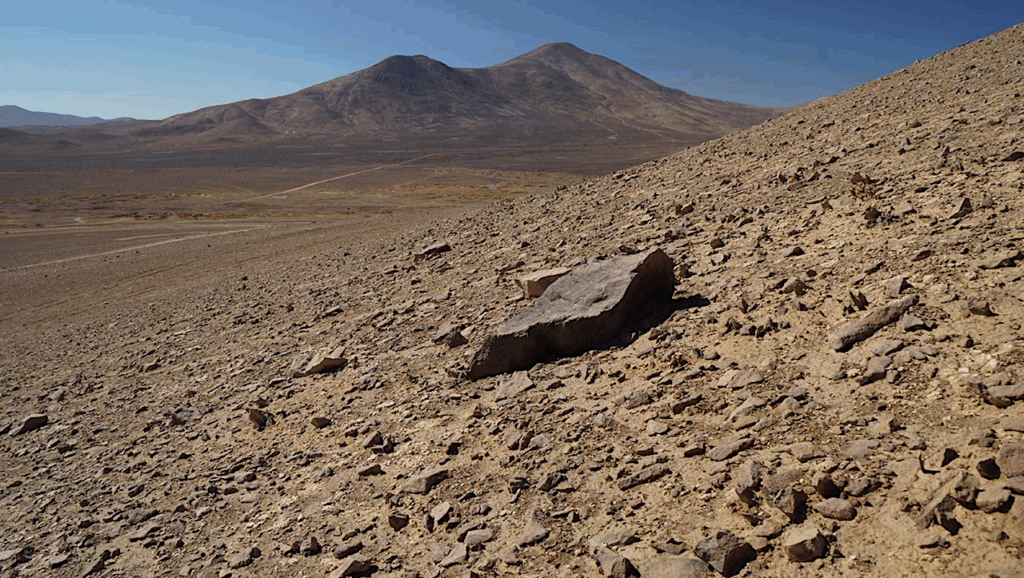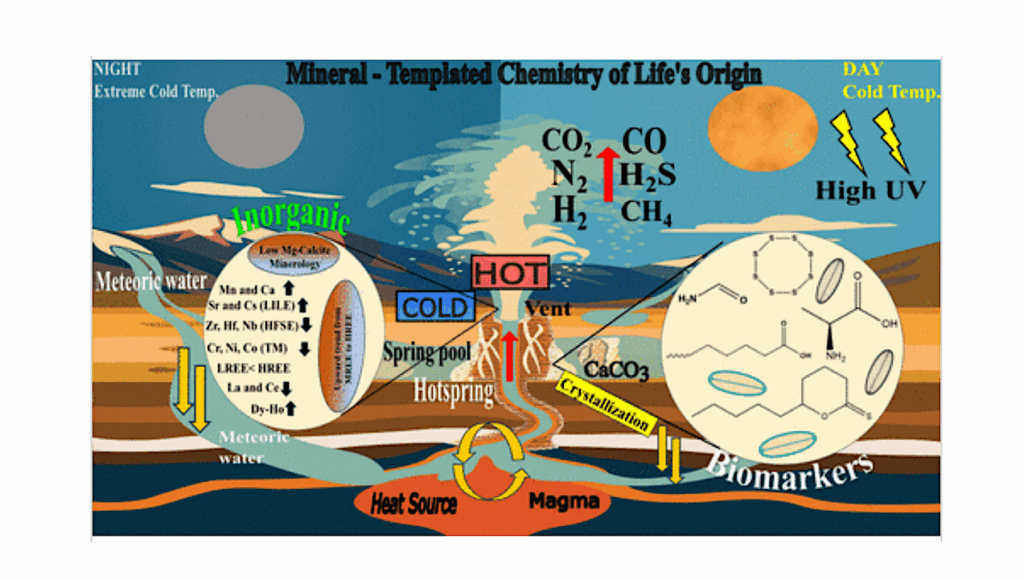Mineralogy, Geochemistry And Morphology Of Arctic Gossans On Axel Heiberg Island, NU, Canada: Spectroscopic Investigation And Implications For Mars

Gossans are formed through the oxidation of sulfide ore deposits by fluids, such as meteoric water or hydrothermal solutions, leading to locally acidic conditions.
In permafrost regions, gossans undergo seasonal chemical weathering after their initial formation (reactive gossans), potentially providing a sustained energy source for microbial activity.
Arctic gossans are therefore considered valuable analogs for Martian paleo-hydrothermal systems and promising astrobiological targets. While hundreds of gossans have been identified in the Arctic, few have been studied in detail and even fewer using rover-compatible remote sensing techniques.
This study aims to characterize the morphological profile of seven Arctic gossans located at Expedition Fiord (Axel Heiberg Island, Nunavut), as well as their geochemistry, mineralogy and organic carbon content using X-ray fluorescence, X-ray diffraction (XRD), Visible (VNIR) to thermal infrared (MIR-TIR) reflectance and Raman spectroscopy.
Results showed a dominance of silicon, calcium and iron. Mineralogical analyses revealed gypsum and quartz as major phases, with variable amounts of silicates, sulfates, iron sulfides and iron oxyhydroxides.
Raman spectroscopy detected organic carbon in most samples, up to 50 cm deep, in various organo-mineral complexes. XRD was the only technique to detect iron sulfides. VNIR-MIR-TIR reflectance and Raman spectroscopy provided mineralogical results consistent with XRD. All gossans displayed classical profiles, with alteration zones overlying primary sulfides, but showed diverse color and compositional stratification patterns.
These variations suggest local mechanisms influence mineral and associated organic carbon distribution. Further investigations should focus on better understanding these local variations, which could guide the search for biosignatures in gossan-like features on Mars.
Mineralogy, geochemistry And Morphology Of Arctic Gossans On Axel Heiberg Island, NU, Canada: Spectroscopic Investigation And Implications For Mars, Science Direct (open access)
Astrobiology








